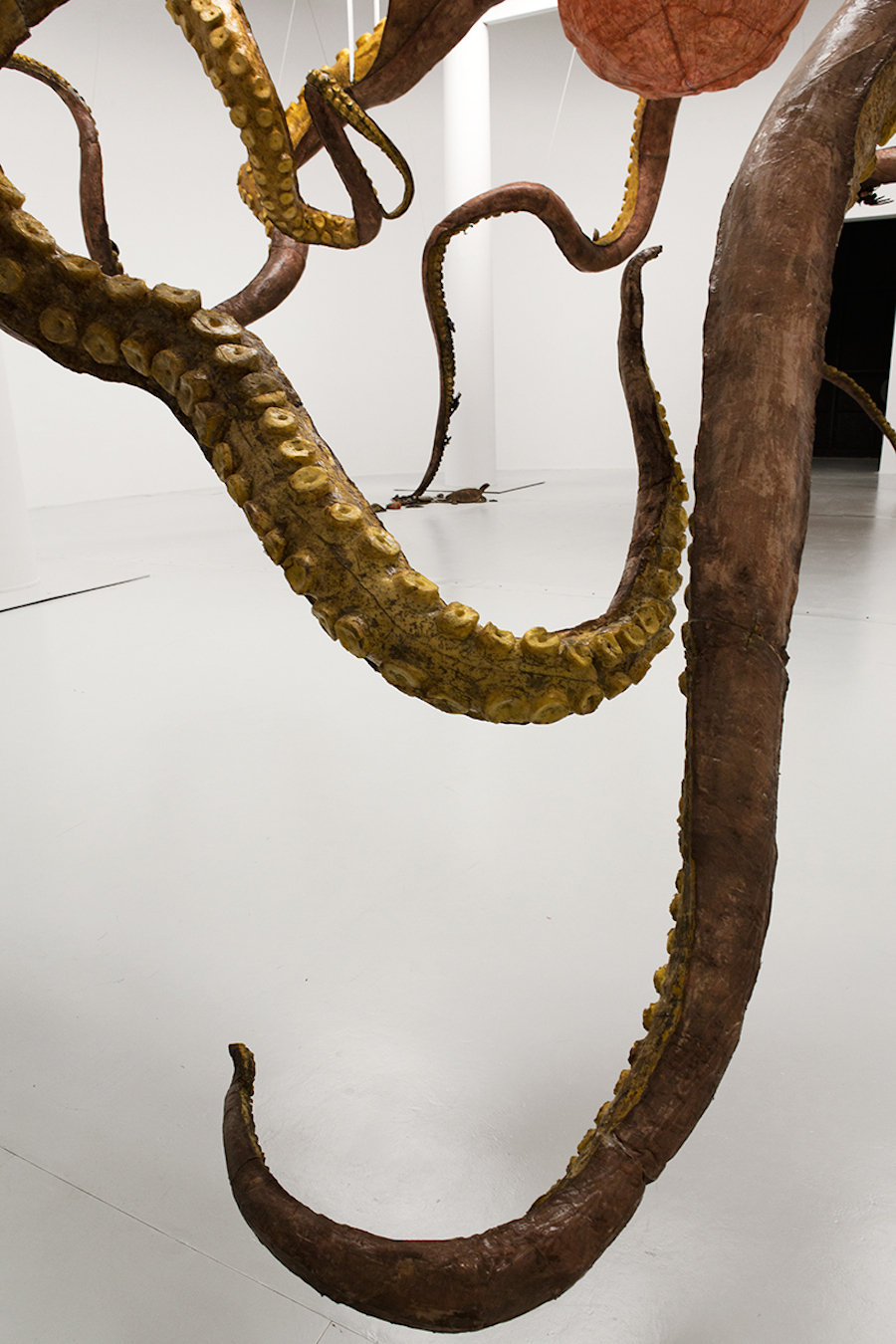Sensational Find: Nazca Skull with 2.8-Meter Braided Hair Unveils Secrets of Ancient Culture
In a sensational archaeological breakthrough, researchers have unearthed a Nazca skull that has left the world in awe. This remarkable discovery, featuring a skull with 2.8-meter braided hair, not only stuns with its preservation but also provides invaluable insights into the ancient Nazca culture.
The Discovery
The extraordinary find was made in a remote area of the Nazca Desert, renowned for its enigmatic geoglyphs and rich archaeological heritage. During a recent excavation, archaeologists uncovered the well-preserved skull, which was found entangled with an exceptionally long braid of hair. The preservation of both the skull and the hair is a testament to the arid conditions of the desert, which have kept these ancient relics intact for centuries.
The Remarkable Hair
The most striking feature of this discovery is the 2.8-meter-long braided hair. The length and complexity of the braid suggest a significant cultural or ritualistic importance. The hair is intricately woven, reflecting the advanced textile techniques employed by the Nazca people. The braid’s preservation offers a rare glimpse into the grooming and ceremonial practices of this ancient civilization.
Insights into Nazca Culture
The Nazca civilization, which thrived in southern Peru from around 200 BCE to 600 CE, is famous for its mysterious geoglyphs, including the famous Nazca Lines. However, this skull and its braided hair provide a new dimension to our understanding of their culture.

1. Cultural Significance: The length and elaborate nature of the braid suggest that hair played an important role in Nazca society. It could have been a symbol of status, a mark of religious or ritual significance, or an indicator of the individual’s role within the community.
2. Artistic Techniques: The craftsmanship of the braided hair reveals the advanced textile skills of the Nazca people. This find offers insight into their weaving techniques and the materials they used, which could have included plant fibers or animal hair.
3. Burial Practices: The discovery also sheds light on Nazca burial customs. The careful preservation of the hair suggests that this individual was interred with great care and respect, possibly indicating a high-status or revered member of society.
Scientific Analysis
To fully understand the significance of this find, scientists are conducting detailed analyses of the skull and hair. Techniques such as radiocarbon dating, DNA analysis, and microscopic examination of the hair fibers will provide more information about the individual’s age, health, and the materials used in the braid.
Additionally, researchers are studying the surrounding artifacts and burial context to piece together more about the individual’s life and the broader cultural practices of the Nazca people.

Impact on Archaeology
This discovery has significant implications for the field of archaeology. It not only enriches our knowledge of Nazca culture but also highlights the potential for further discoveries in the Nazca Desert. The preservation of such delicate features as braided hair opens up new avenues for exploring the daily lives and ceremonial practices of ancient civilizations.
The find has sparked widespread interest and excitement among scholars and the public alike. Museums and research institutions are eager to showcase the skull and its braided hair, offering visitors a unique opportunity to connect with the ancient past.

Conclusion
The discovery of the Nazca skull with its 2.8-meter braided hair is a remarkable achievement in the field of archaeology. It provides an extraordinary window into the cultural and ritualistic practices of the Nazca people, offering insights that were previously unattainable. As research continues, this find will undoubtedly deepen our understanding of one of the most enigmatic civilizations of ancient Peru, revealing new layers of their rich and complex heritage.
Related Post
A shocking documentary proves that mermaids do exist
SHOCKING Revelation: Thuya, Mother of Queen Tiye, Was the Grandmother of Akhenaten and Tutankhamun—What Ancient Egyptian Secrets Did She Leave Behind?
Breaking News: Astonishing Discoveries at Karahan Tepe Confirm an Extraterrestrial Civilization is Hiding on Earth, and NO ONE Knows!
Breaking News: Researchers FINALLY Discover U.S. Navy Flight 19 After 75 Years Lost in the Bermuda Triangle!
NASA’s Secret Investigation: Uncovering the Astonishing Mystery of the UFO Crash on the Mountain!
Explosive UFO Docs LEAKED: Startling Proof That Aliens Ruled Ancient Egypt!